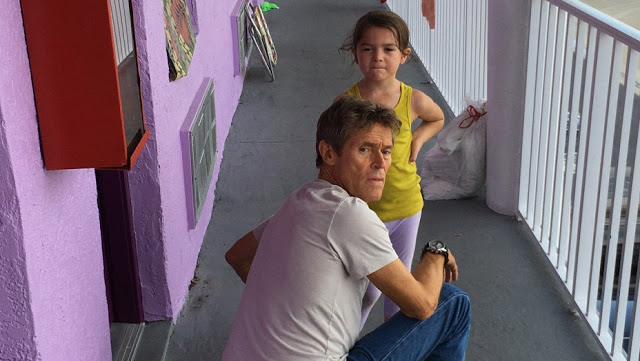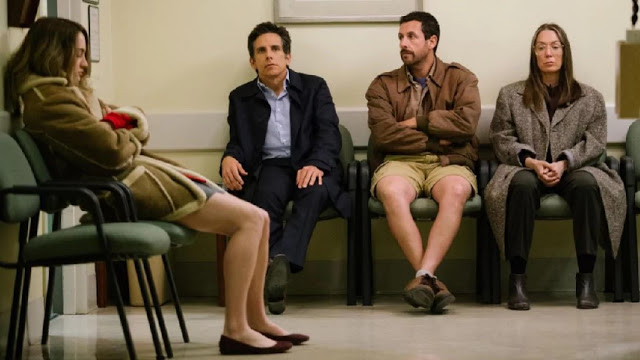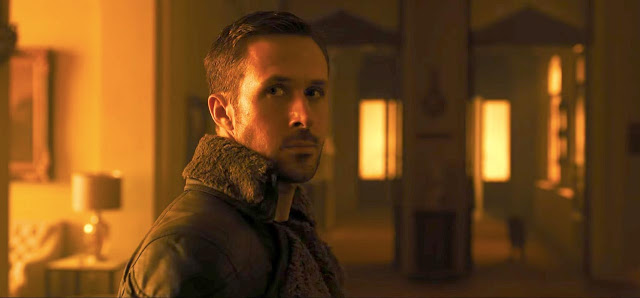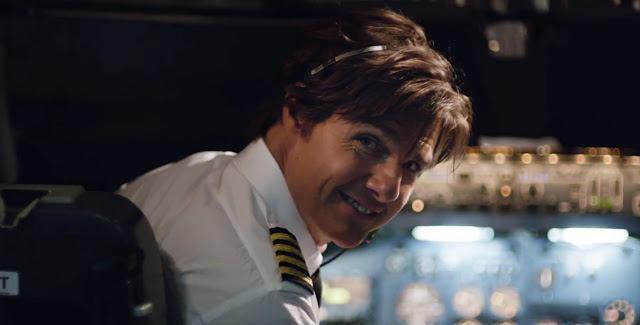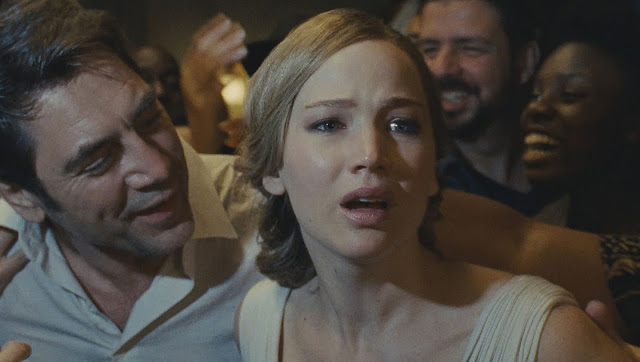The Florida Project: The Tragic Kingdom
It’s a funny thing, how a movie can sneak up on you. Take The Florida Project, Sean Baker’s striking and incrementally devastating new film, which transpires over the course of a languid summer in a low-rent motel complex just outside of Orlando. An attentive humanist with a keen eye for illuminative details, Baker is committed to conveying the sweaty tedium that afflicts his hard-luck characters. In fact, he so convincingly captures the housing development’s collective lethargy—the sweltering heat, the pervasive boredom, the maddening feeling of having nothing to do—that he is almost too successful. For the first half hour that I spent watching these restless children scampering around bland parking lots and darting through paint-peeling hallways, I found myself stifling a yawn. So imagine my surprise when, as the movie barreled into its mesmerizing climax, tears welled in my eyes and my heart pounded in my chest. The Florida Project starts with a snooze. It ends with a sledgehammer.
Not that its beginning is entirely disposable. Even when the movie flirts with narrative monotony, it always offers something visually arresting. Baker’s last film was Tangerine, a day-in-the-life story that was notable not just because it starred two transgender actresses, but because it was shot entirely on an iPhone. The Florida Project, by contrast, is triumphantly widescreen, with a brilliantly vivid palette and elegantly composed frames that recall the formal mastery of Raise the Red Lantern. The opening act essentially functions as a tour of the neighborhood, a candy-colored district dotted with dopily themed motels, indistinguishable strip malls, and rinky-dink food stands. The pastels keep popping, from the cheery orange glow of a grocery to the powder blue of a gift shop to the gentle lavender of the titular housing complex, a bleak and raucous purgatory called The Magic Castle. Read More

